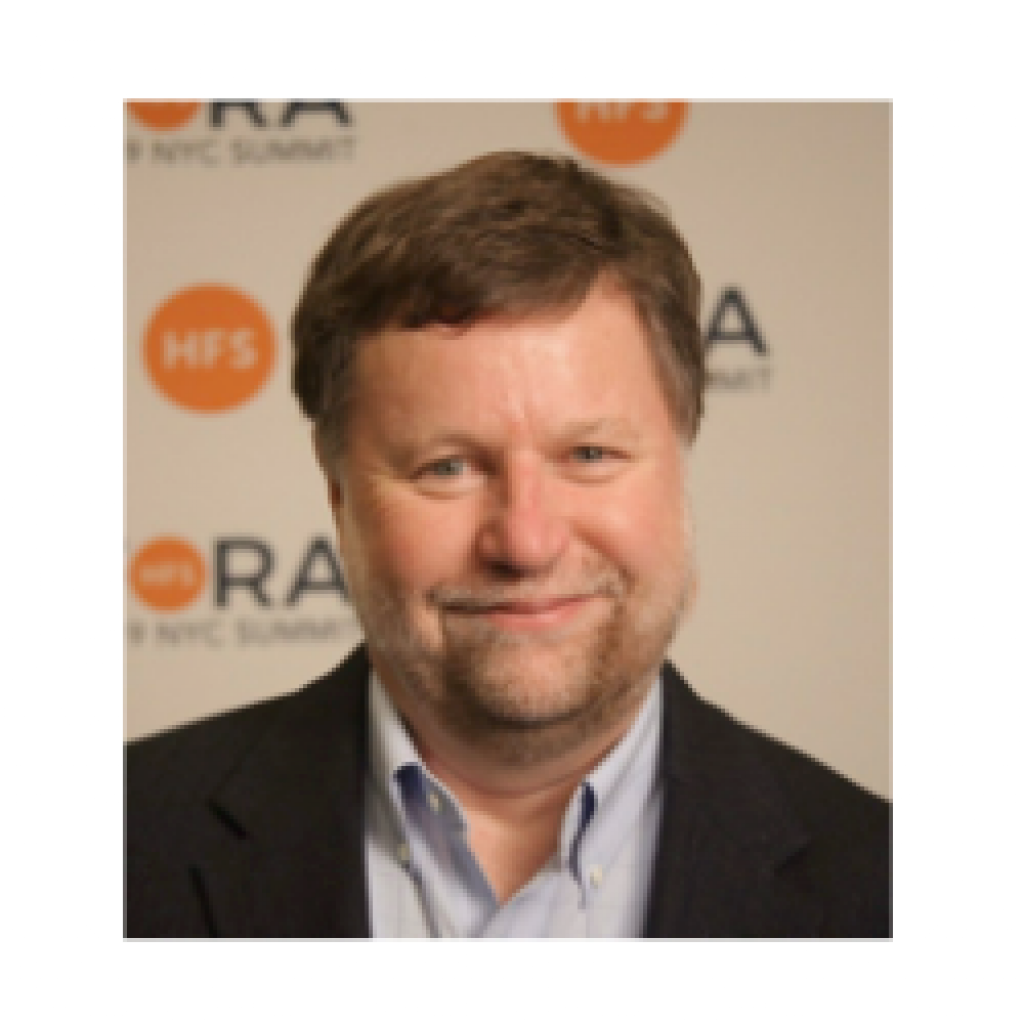(Forbes) Maribel Lopez, a Senior Contributor to Forbes Enterprise Tech provides a summary of several conversations she’s had with Bob Sutor, VP of IBM’s Quantum Ecosystem Development.
Sutor provided a simplified way of describing quantum computing to Lopez when he said we can think of computing as being in two camps. Sutor referred to these camps as classical and quantum. The classical era uses what we have today, such as processors, servers on the internet, the mainframes, and high-performance computing.
Sutor described how certain problems simply couldn’t be solve with a classical computer. Traditional computing can run out of capacity to solve the problem. In other cases, classical computing takes too long to solve the computation. Hence, IBM and others are working on a different type of computer that removes those constraints.
Like the processor wars of old, it’s easy to get caught up with the discussion of which vendors system has more qubits than another vendor. The question in quantum should not be how many qubits a computer supports, but what is the number of high-quality qubits.
ince quantum computing differs from classical computing, qubits require new metrics for measuring quality. Sutor said IBM uses a metric called Quantum Volume (QV) to measure a quantum computer’s power. The QV method quantifies the largest random circuit of equal width and depth that the system implements with high performance.
Real progress only happens when technology vendors work with clients to solve actual problems. IBM offers the Quantum Experience, but the IBM Q Network is the commercial version of the program where companies have access to IBM’s latest technologies and support for business strategy engagements.
Daimler’s working with IBM to research how quantum algorithms for chemistry and materials science will support Daimler’s long-term goal of designing new batteries. In finance, JPMorgan Chase and IBM are researching methodologies for financial modeling and risk management.
IBM’s Customers Show Why It’s Important To Build A Quantum Computing Strategy Today
